Top 10 Medicines Derived From Animal Poisons and Venom
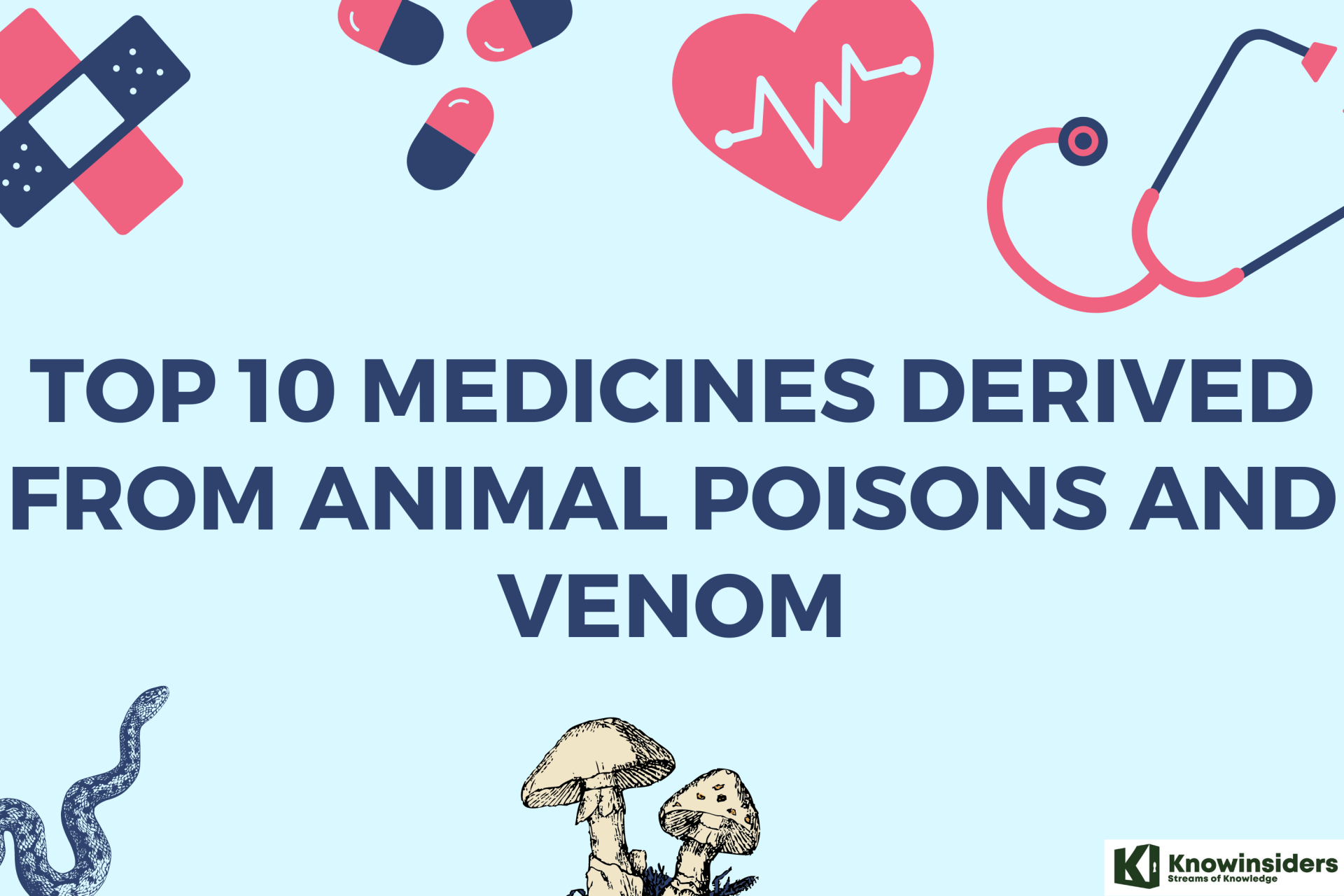 |
| Top 10 Medicines Derived From Animal Poisons and Venom |
Animal poisons and venoms are rich sources of proteins, peptides, neurotransmitters, among other compounds. The idea that the same venom toxins that cause harm may also be used to heal is not new.
Bee venom has been used as a treatment in East Asia since at least the second century BCE. In Chinese traditional medicine, scorpion venom is recognized as a powerful medicine, used to treat everything from eczema to epilepsy. Mithradates VI of Pontus, a formidable enemy of Rome (and also an infamous toxicologist), was said to have been saved from a potentially fatal wound on the battlefield by using steppe viper venom to stop the bleeding.
“Over millions of years, these little chemical engineers have developed a diversity of molecules that target different parts of our nervous system,” says Ken Winkel, Director of the Australian Venom Research Unit at the University of Melbourne. “This idea of applying these potent nerve toxins to somehow interrupt a nervous disease has been there for a long time. But we haven’t known enough to safely and effectively do that.”
Despite the wealth of history, the practical application of venoms in modern therapeutics has been minimal. That is, until the past ten years or so, according to Glenn King at the University of Queensland in Brisbane, Australia. In 1997, when Ellie was bouncing around from doctor to doctor, King was teasing apart the components of the venom from the Australian funnel-web, a deadly spider. He’s now at the forefront of venom drug discovery.
Over the course of the 20th century, suggested venom treatments for a range of diseases have appeared in the scientific and medical literature. Venoms have been shown to fight cancer, kill bacteria, and even serve as potent painkillers – though many have only gone as far as animal tests.
The more we learn about the venoms that cause such awful damage, the more we realize, medically speaking, how useful they can be.
What are Medicines Derived From Poisons?
1. Botox
2. Foxglove
3. Henbane
4. Opium Poppy Plant
5. Warfarin
6. Melittin
7. Taxus brevifolia
7. Arsenic
8. Radiation
9. Snake venom
10. Prialt & Byetta
******
Top 10 Medicines Derived From Poisons
1. Botox
 |
| Photo: drthaiha |
Botox has a variety of medicinal uses. As a toxin produced by the bacterium Clostridium botulinum, this bacterium can cause botulism, a type of life-threatening food poisoning. Found on plants, in soil, water, and the intestinal tracts of animals, Botox, the trademark name for botulinum toxin, can be an effective treatment for health issues when used in small doses. These include chronic migraine, blepharospasm (eyelid spasms), severe sweating, overactive bladder, and cervical dystonia. It’s commonly used to treat wrinkles. Botox works by blocking the signal between nerves and muscles, preventing or lessening muscle contraction. Although generally well-tolerated, Botox can cause side effects like pain and swell at the injection site as well as flu-like symptoms. Typically, this is more common with therapeutic use than cosmetic procedures, perhaps due to higher doses and/or underlying disease.
2. Foxglove
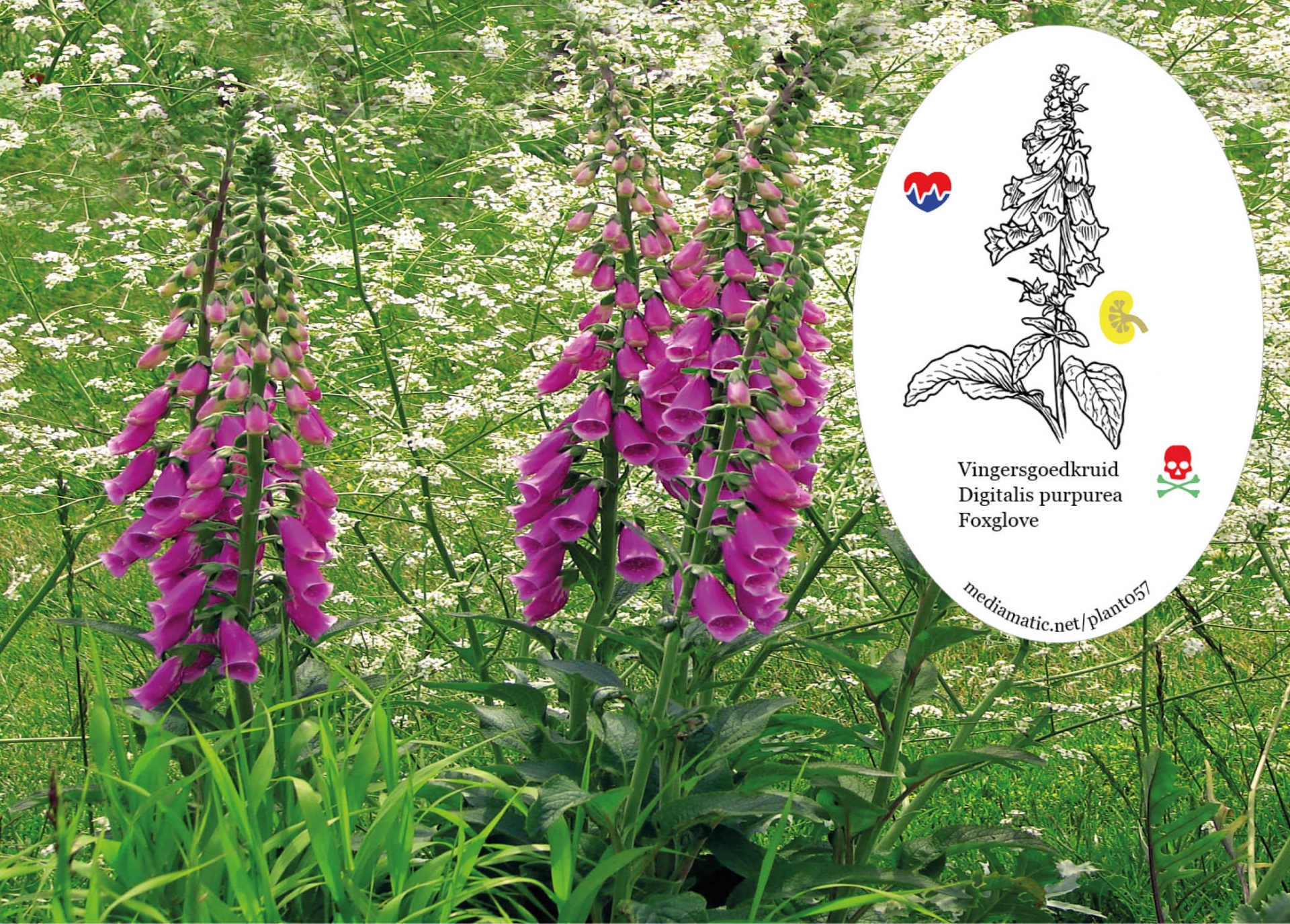 |
| Photo: mediamatic |
For people with heart failure, digoxin can be a lifesaving drug that strengthens the heart, controls its rhythm, and improves circulation, according to the Mayo Clinic. It is also derived from a potentially lethal plant called foxglove. The National Gardening Association describes the biennial plant as having “tall, dramatic spikes of tubular flowers with speckled throats” that could be pink, red, purple, white, or yellow. It is considered poisonous because its leaves when consumed can cause low blood pressure and an irregular heartbeat, as well as confusion, depression or lethargy, hallucinations, headaches, vision problems, vomiting, diarrhea, or a rash. The U.S. National Library of Medicine notes those symptoms vary depending on the period of time over which a person was poisoned.
3. Henbane
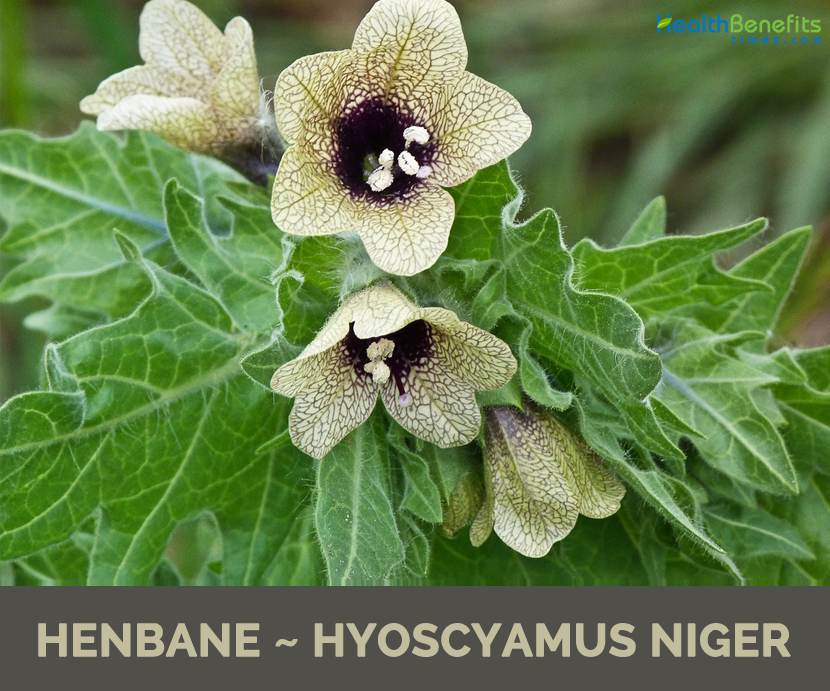 |
| Photo: healthbenefitstimes |
This foul-smelling, pale yellow plant with bell-shaped flowers can grow up to three feet tall and has sticky, hairy leaves. There have been 34 alkaloids discovered in henbane, including scopolamine, hyoscyamine, and atropine. These drugs are anticholinergics, which work by inhibiting the central and parasympathetic nervous systems by interfering with neuron receptors. Side effects include seizures, hallucinations, confusion, flushing, decreased sweating, and impaired vision. Alkaloid drugs offer a wide variety of medical uses, due to their anticholinergic and antispasmodic properties. These include:
-
Relieving bladder, intestinal and stomach spasms, and cramps.
-
Preventing nausea and vomiting.
-
Aiding in relaxation, maintaining normal heartbeat, and decreasing saliva production during surgery.
-
Treating certain types of poisoning.
4. Opium Poppy Plant
 |
| Photo: cpr |
Papaver somniferum is the scientific name for the opium poppy plant. This flowering plant blooms annually and reaches heights between 3 and 16 feet tall. Known for pain-blocking abilities, the seeds contain opiates in the form of natural alkaloids. Common medication names are morphine and codeine. Oxycodone and hydrocodone are semi-synthetic derivatives. These medications are highly addictive and have led to the opioid epidemic in the U. S. They should only be taken when and as prescribed or they can lead to extreme addiction and death by overdose. People can test positive on drug tests after eating poppy seeds on bagels or in baked goods.
5. Warfarin
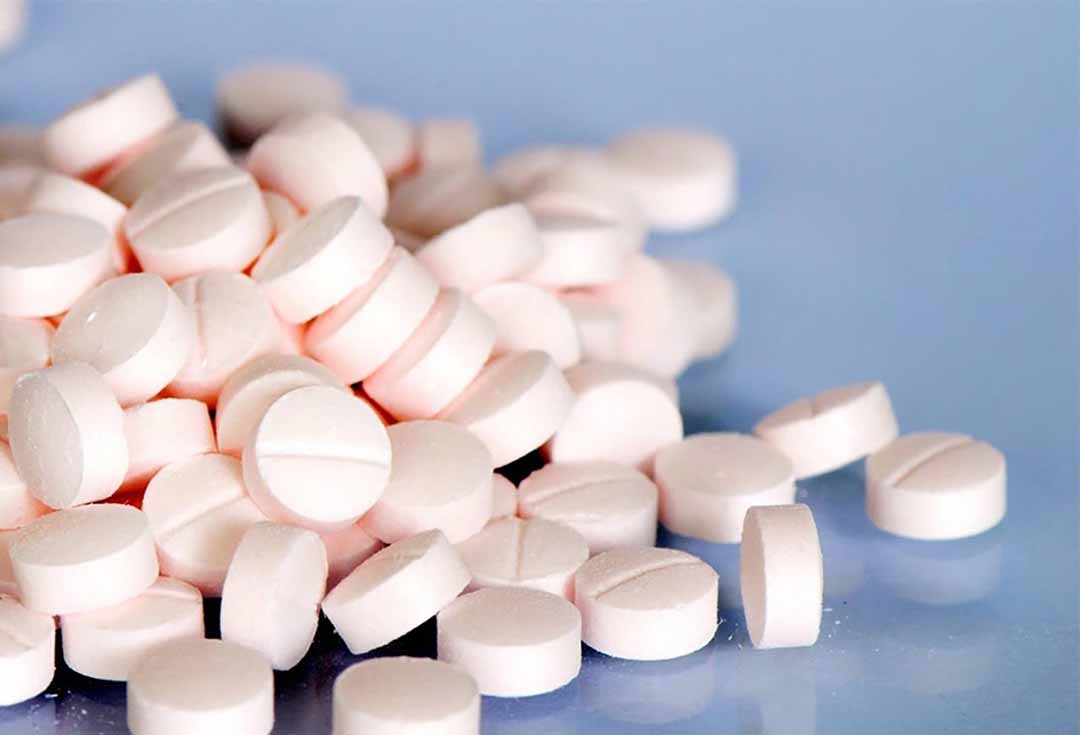 |
| Photo: doctors24h |
Rodenticides are poisons used for killing rats and mice. One such product is warfarin, a chemical found in plants like sweet clover. It kills rodents by preventing their ability to clot blood, which causes internal bleeding. Warfarin was used as a rodenticide dating back to 1948 — and was approved as a blood thinner for humans in 1954. While considered an efficacious anticoagulant, warfarin has a narrow therapeutic ratio — meaning that small differences in dosing can lead to adverse reactions. Certain foods — especially leafy greens like spinach, as well as Brussels sprouts and broccoli — can lessen warfarin’s effectiveness. Patients taking this medication must undergo frequent blood tests to monitor their internalized normal ratio (INR) levels, a measurement of how long blood takes to clot. If INR is too high, there’s an increased risk of bleeding. Too low and people risk a blood clot.
6. Melittin
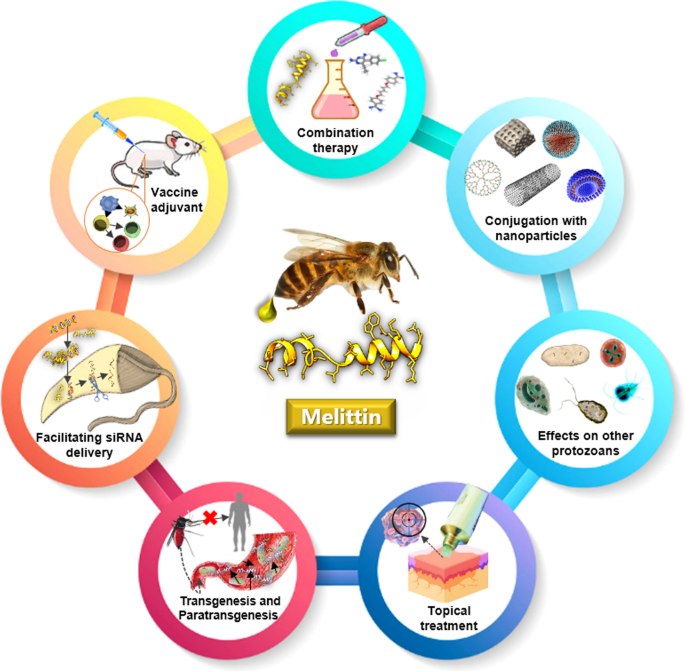 |
| Photo: express.springeropen |
The melittin is in bee venom. Melittin does not only cause pain. In the right doses, it punches holes in cells’ protective membranes, causing the cells to explode. At low doses, melittin associates with the membranes, activating lipid-cutting enzymes that mimic the inflammation caused by heat. But at higher concentrations, and under the right conditions, melittin molecules group together into rings creating large pores in membranes, weakening a cell’s protective barrier, and causing the entire cell to swell and pop like a balloon.
Because of this, melittin is a potent antimicrobial, fighting off a variety of bacteria and fungi with ease. And scientists are hoping to capitalize on this action to fight diseases like HIV, cancer, arthritis, and multiple sclerosis.
For example, researchers at the Washington University School of Medicine in St Louis, Missouri, have found that melittin can tear open HIV’s protective cell membrane without harming human cells. This envelope-busting method also stops the virus from having a chance to evolve resistance. “We are attacking an inherent physical property of HIV,” Joshua L Hood, the lead author of the study, said in a press statement. “Theoretically, there isn’t any way for the virus to adapt to that. The virus has to have a protective coat.” Initially envisioned as a prophylactic vaginal gel, the hope is that melittin-loaded nanoparticles could someday be injected into the bloodstream, clearing the infection.
7. Paclitaxel (Taxus brevifolia)
 |
| Photo: researchgate |
The yew tree, Taxus, has a legendary connection to death. Its seeds, leaves, and bark are highly poisonous to humans. In recent decades, however, this long-lived plant genus has earned a different reputation: as a potential preserver of life.
In the 1960s, researchers working for the U.S. National Cancer Institute discovered that the bark of Taxus brevifolia, the Pacific yew, contained a toxic ingredient that could be harnessed on a cellular level to inhibit the progress of some cancers.
A derived compound is known as paclitaxel, produced in the laboratory and available commercially since the late 1990s, has been found to be effective in the treatment of breast, lung, and other cancers, as well as AIDS-related Kaposi’s sarcoma. It has also been found useful in preventing a re-narrowing of coronary arteries in-stent recipients.
7. Arsenic
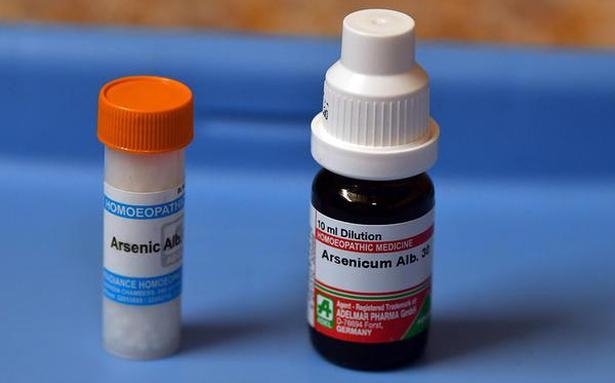 |
| Photo: thehindu |
This element itself can cause cancer, as well as other health problems, but that doesn’t mean it can’t also cure cancer. Arsenic, which can be found in nature as well as in pesticides, building products and some industrial processes, has been used for medical treatment in previous eras, like to treat syphilis in Victorian times, according to the American Cancer Society. It is poisonous in high doses, the society notes, but it is still used now to treat a rare blood cancer called acute promyelocytic leukemia. That cancer is associated with serious bleeding and clotting problems, and arsenic may be used in patients whose bodies for whatever reason cannot tolerate the more usual route, a class of chemotherapy drugs called anthracyclines.
8. Radiation
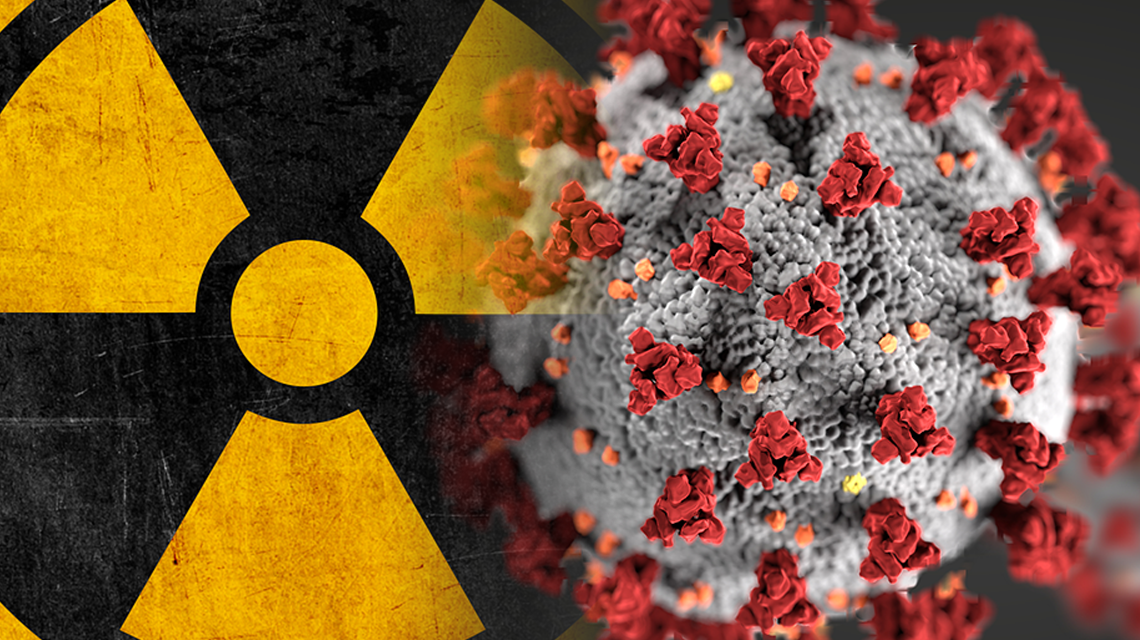 |
| Photo: iaea |
This popular form of treatment essentially works by murdering cancer cells. The National Cancer Institute explains doses of high-energy radiation, which can be x-rays, gamma rays, or radioactive substances, are used to shrink tumors in roughly half of all patients. They are effective because they damage the DNA of the cancer cells, killing them or making them inactive. But radiation is also dangerous for healthy cells, which is why there are so many side effects to this cancer treatment, like skin problems and fatigue.
High doses of radiation are lethal. Radiation sickness of a low magnitude can cause vomiting and peeling skin, while extreme exposure causes extreme swelling and blackens and blisters skin before it sloughs off completely.
9. Snake venom
 |
| Photo: edition.cnn |
Thousands of animals on Earth produce venom, but they are not all bad. According to the AMNH, the African saw-scaled viper’s venom was used to create the blood thinner tirofiban. It’s not alone: Discover magazine says there are several “venom-derived pharmaceuticals on the international market.” Captopril, which is used to treat high blood pressure, heart failure, and diabetes-caused kidney problems, can be traced back to venom from the Brazilian viper. The diabetes drug exenatide helps the body produce insulin and comes from the venomous saliva of a lizard, the Gila monster that is indigenous to the southwestern United States and northwestern Mexico.
10. Prialt & Byetta
 |
| Photo: doctors24h |
Prialt, derived from the venom of cone snails, is used by some of the estimated 22 million adults in the US who suffer from severe and chronic pain.
Byetta is part of a new wave of drugs designed to lower blood glucose in patients with type 2 diabetes. Its key ingredient, exendin-4, is found in the saliva of the Gila monster, a large lizard species native to the southwestern US and northwestern Mexico.
But venom isn’t just giving us new drugs, it’s also giving us new ideas about how drugs work.
Venomics expert Dr. Mandë Holford, who is an associate professor in Chemistry at Hunter College and City University of New York (CUNY) Graduate Center, explains: “Prialt is a breakthrough in treatment for pain that is non-addictive. Prialt doesn't target the same thing, so it doesn't have the same side effects.
“This has ushered in a whole new way for pharmaceutical industries to treat pain, they are now looking for things that target something other than opioid receptors.”
Why venom?The result of thousands of years of evolution, venom is a sophisticated cocktail that gives animals a weapons arsenal either as a form of defense or as a way of catching prey. Using venom in medicine is nothing new. Our ancestors used snake and spider venom in much the same way as they used medicinal plants. Venom is a highly complex substance, but there are similarities in its basic structure and how it affects other animals that make it ripe for research. One reason for the growing interest in this field is that advances in DNA and RNA technology allow research to be carried out much faster. For instance, traditionally, live venom would be extracted from the animal, then injected into an unsuspecting live rodent or fish to study its impact. Nowadays, the DNA and RNA of the venom have already been identified, which allows researchers to synthesize its components and test out their theories. |
 Top 10 Most Popular Artists Of All Time Top 10 Most Popular Artists Of All Time Liberty Games just recently published its report of most popular, best songs and artists by time. Check out here top 10 artists of all time! |
 Top 100+ Best Farewell Quotes For Everyone Of All Time Top 100+ Best Farewell Quotes For Everyone Of All Time Life is full of goodbyes when people move, switch jobs, end relationships, and evenly leave this world. Check out our collection of famous farewell quotes ... |
 Top 10 Countries With Tallest People in the World Top 10 Countries With Tallest People in the World According to World Population Review’s 2022 report on the average height by countries around the globe, the Netherlands is the country will tallest people in ... |























